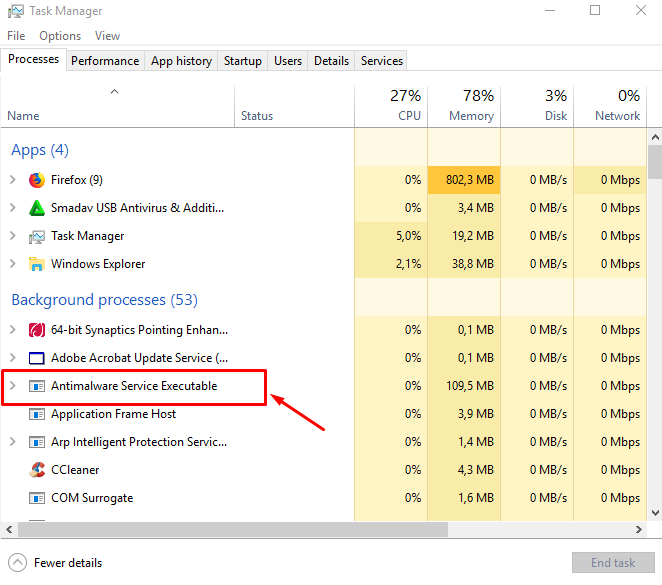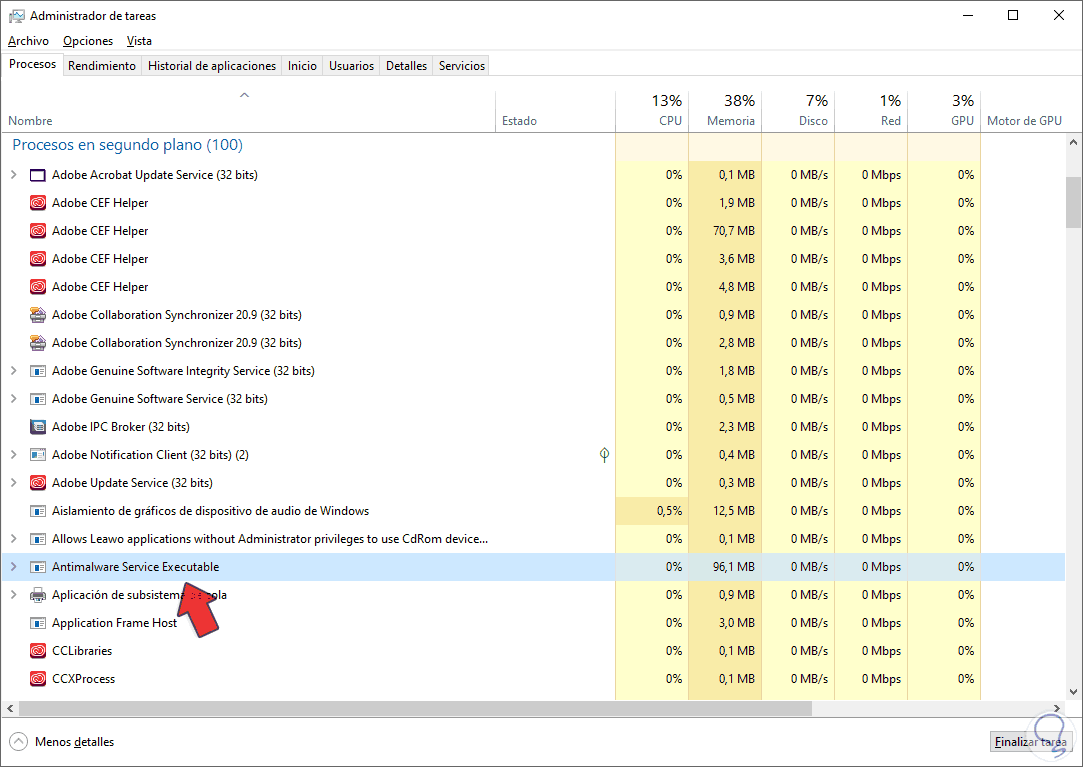

This to bypass the rules that are in place. Students connecting school devices to their cell phone hot spots, and using Over the past month, we have started to have trouble with Bypassing School Wi-Fi and Using Cell Phone Hot Spot Industry-Specific IT.

However, as for making exclusions in Windows Defenders and Malwarebytes' respective settings, it is optional and not required unless you are experiencing performance issues.īut from your issue description, that is likely the culprit, and you will consequently need to make exclusions between Windows Defender and Malwarebytes and vice versa so as to avoid them conflicting with each other. With this option disabled, Malwarebytes won't register itself as the systems security application and both Malwarebytes and Windows Defender will run at the same time. Here's how: In Malwarebytes, open Settings, click the "Security" tab, and disable the "Always register Malwarebytes in the Windows Security Center" option. You can still run both at once if you like. In other words, it will handle all your anti-malware scanning and Windows Defender (or whatever other antivirus you have installed) won't run in the background. Starting with Malwarebytes 4, the Premium version of Malwarebytes now registers itself as the systems security program by default.

You need to disable the setting "Always register Malwarebytes in the Windows Security Center" as being described in the above article. Since you are using Windows Defender in combination with Malwarebytes, please follow the instructions in the below article on How to Run Malwarebytes Alongside Another Antivirus: Would love some advice or possible explanations for all this. This has caught my attention because as i've said i've had this current build over 3 years and have never seen this once, now it's happening quite often. I've also noticed that i'm hearing my CPU fans running a lot more than normal, for example when opening chrome I can hear them spinning a lot for a few seconds. This started happening once every few days but now it's happening sometimes multiple times a day. I also use Malware Bytes as my antivirus and have done many full scans including a scan in safemode, all of which have found no viruses. I've looked it up and it appear to be Windows Defender scanning for viruses, but i've had my PC over three years and have never noticed this happening before. Recently I have been noticing this process called antimalware service executable running and utilizing 100% of my CPU rendering my computer extremely slow for around 5 minutes.


 0 kommentar(er)
0 kommentar(er)
